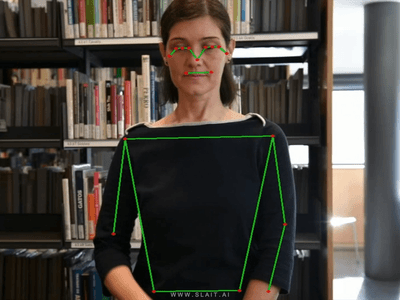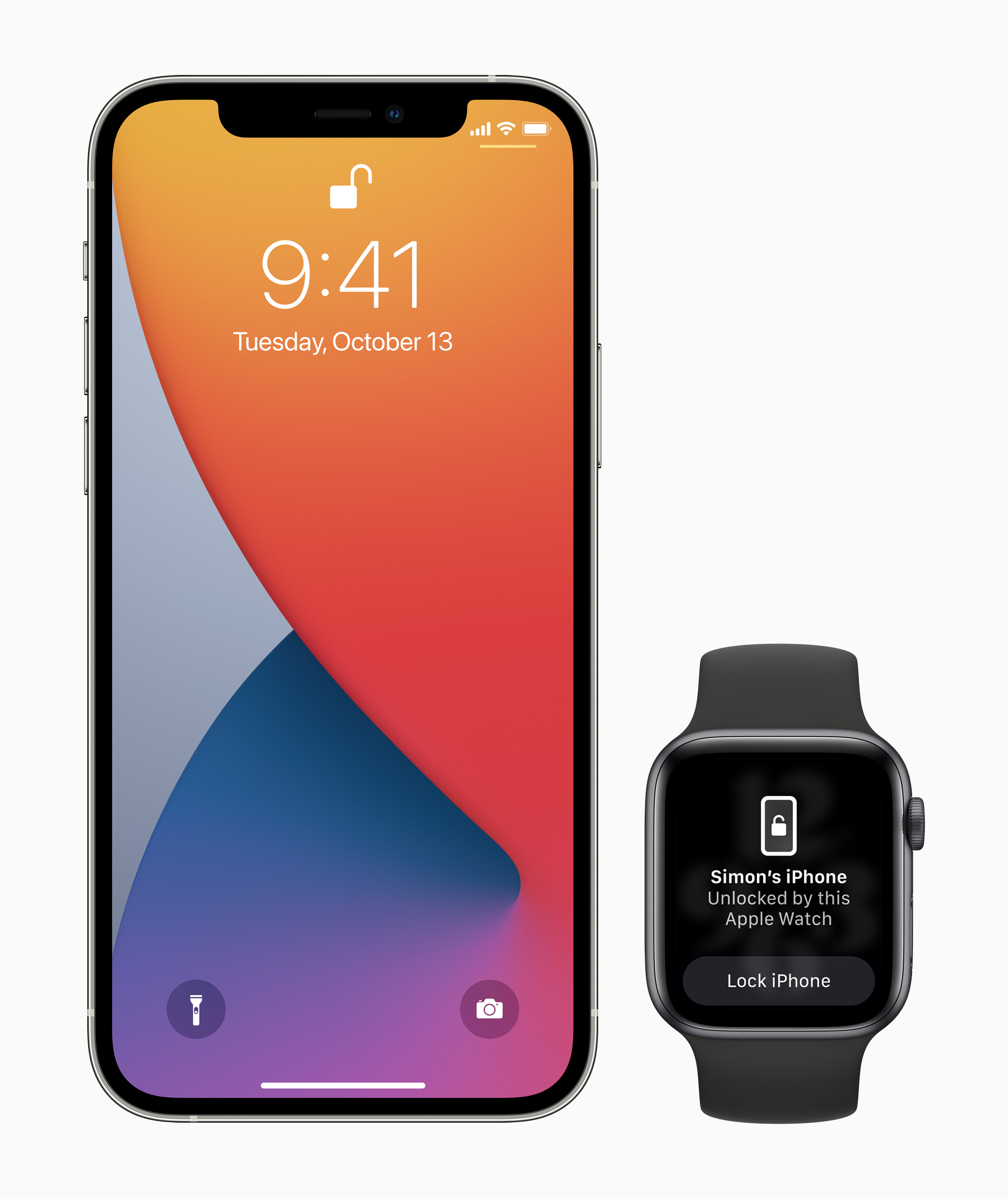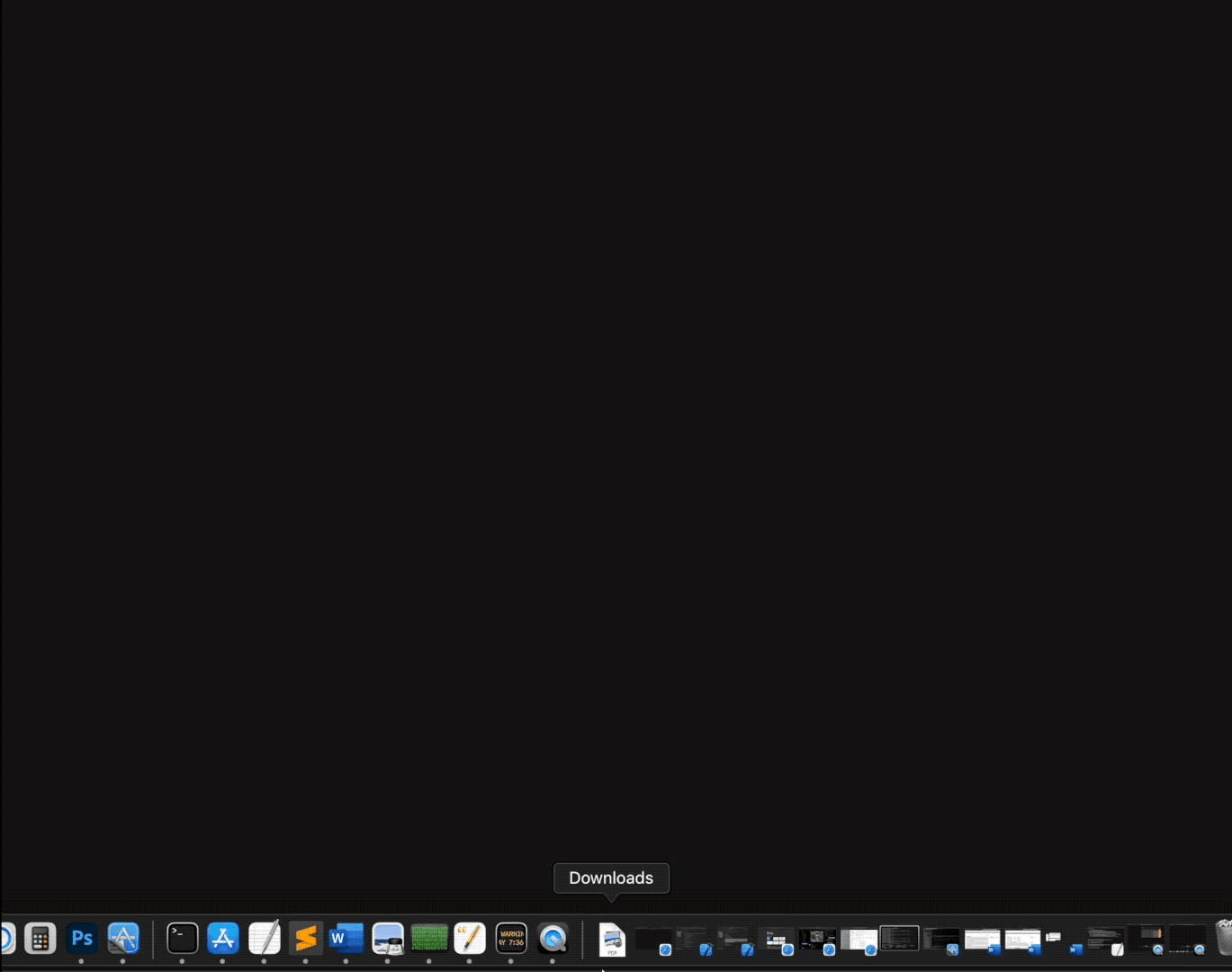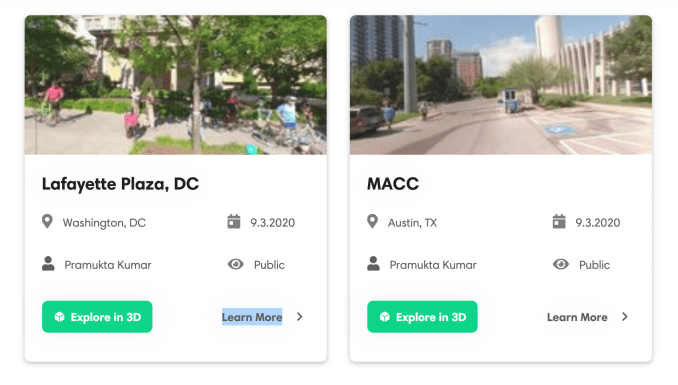- April 26, 2021
- by:
- in: Blog
Nearly four years ago, we wrote about a battle between Cloudflare, the San Francisco-based internet security and performance company, and Blackbird Technologies, a firm that quickly amassed dozens of patents, then began using them to file dozens of patent infringement lawsuits against companies, including Cloudflare. The suit was typical in every way, except how Cloudflare responded to
Nearly four years ago, we wrote about a battle between Cloudflare, the San Francisco-based internet security and performance company, and Blackbird Technologies, a firm that quickly amassed dozens of patents, then began using them to file dozens of patent infringement lawsuits against companies, including Cloudflare.
The suit was typical in every way, except how Cloudflare responded to it. Unlike many targets of similar lawsuits that opt to settle, Cloudflare fought back, asking very publicly for help in locating prior art that would not only invalidate the broad patent that Blackbird was using to sue Cloudflare, but to invalidate all of Blackbird’s patents. The public answered the call, and two years and 275 unique submissions later, the case against Cloudflare was dismissed and Blackbird’s operations were diminished.
One might surmise that given the stink that Cloudflare raised, other patent trolls might choose an easier target. Yet last month, Cloudflare was sued yet again, this time by Sable Networks, a “company that doesn’t appear to have operated a real business in nearly ten years — relying on patents that don’t come close to the nature of our business or the services we provide,” as says Doug Kramer, general counsel of CloudFlare.
Unsurprisingly, Cloudflare isn’t going to take this newest action lying down. This morning, after revealing the lawsuit publicly, it invited the engineering community to again “turn the tables” on patent trolls by inviting them to participate in a crowdsourced effort to find evidence of prior art to invalidate the “ancient, 20-year-old patents” that Cloudlflare says that Sable is is “trying to stretch . . . lightyears beyond what they were meant to cover.”
Cloudflare is also offering a $100,000 bounty to be split among entrants who provide the most useful prior-art references that can be used in challenging the validity of all of Sable’s patents, not just those being asserted against Cloudflare.
The idea is to deal a big enough blow to Sable that not only is its case against Cloudflare hobbled but also future cases against other entities.
“We feel fortunate that we didn’t run into one of these cases earlier in our history, where it might have really taken us off our path,” Kramer tells TechCrunch. “Blackbird came along when we had a bit more stability, and we have even more stability now.”
Given that position of relative strength, he says, “We want to go about this in a way that will force [Sable] to define their claims and stand on their claims, and we want to do it in a way that leaves something behind for other folks, particularly smaller companies that may come behind us, so we want to put [Sable’s] entire patent portfolio under scrutiny.”
Certainly, Cloudflare is not the only company to attract Sable’s attention. Indeed, a quick search shows that Sable has also sued the cybersecurity business Fortinet, the data platform Splunk, and networking giants Juniper Networks and Cisco Systems, among roughly a dozen other companies.
Eight of those cases — including with Juniper and Cisco — have already settled. The reality is that most companies see infringement cases by non-practicing entities like Sable as a nuisance to be quickly resolved because they are a distraction and because the expense of fighting is often equal to or even more than the cost of settling.
The companies also lose oftentimes. Though in 2017, the Supreme Court ruled unanimously that patent holders suing corporations can’t seek out a friendly court — their venue of choice was long the Eastern District of Texas, where 2,500 cases were brought in 2015 alone, 95% of them initiated by non-practicing entities like Sable — business remains brisk in Texas, where legal teams bring in a lot of money and often successfully cast major corporations to local jurors as villainous.
A report in the Houston Chronicle last year noted that businesses and individuals filed 747 patent complaints in Texas during the first six months of 2020 — double the number from a year earlier and twice as many as any other state. To underscore the point, it noted that while patent infringement lawsuits jumped 16 percent nationwide in the first six months of last year, the number of new disputes in Texas soared 96%.
Some of those cases landed in the Eastern District of Texas (and mostly in Marshall, Texas, which boasts a population of 23,000). Some landed in the Southern District, which covers Houston and, according to that same Houston Chronicle report, experienced a 43% jump in new patent violation cases last year.
But Waco, the Western District of Texas, has become the new center for patent infringement cases. That’s largely because the district encompasses Austin, where many tech companies have offices, and notably, a key piece of that 2017 Supreme Court ruling limited filings to venues where the defendants have actual operations.
So-called patent trolls have also found a friend, seemingly, in U.S. District Judge Alan Albright, a former trial attorney who was nominated to become a federal judge in Waco in 2018 by former President Donald Trump. In the two years following his confirmation by the Senate, Albright has come to preside over the most popular court in the country to litigate intellectual property disputes, with a very high percentage of plaintiffs winning their cases.
It’s no wonder that outfits like Sable continue on their path. Scoring early settlement agreements can add up to big business. (Their continued success is also why litigation finance funds continue to spring into existence.)
Cloudflare is a much bigger quarry now, too. While Blackbird sued while it was still a privately held entity, Cloudflare went public in 2019 and currently boasts a market cap of $26 billion.
Kramer is acutely aware of the upward battle ahead. It’s why despite its resources, Cloudflare is reaching out to the public again. “I don’t mean to sound self-serving, but we have a very intense group of engineers and people in this space who read [our] blog regularly,” Kramer says of the detailed post he published this morning relating to the case. “I also think this really strikes a nerve with some people because they are so bothered by” the practice of patent infringement suits.
Kramer says it’s impossible to overstate the impact of these far-flung engineers in Cloudflare’s fight against Blackbird. “It wasn’t just people who thought, ‘Oh, it’s a chance to make some money and I’m gonna go do this.’ There wasn’t a lot of junk in [what they submitted]. Instead, we had people saying, ‘Hey, listen, I worked on this back in the ’90s when I was over at this company, and it’s crazy that they’re trying to say they invented this,’ and they would send us articles that they had written.
“We had people doing research at libraries and stuff like that,” continues Kramer, “but we also had people who had worked in the industry and said, ‘I worked on this three years before they ever got that patent; there’s no way they should be able to create this [trouble] based something that I did.’”
Cloudflare is hoping again that a lot of its followers will get energized, and “also the exact right people, who are motivated by this and and who are very, very knowledgeable in this space,” says Kramer. “We’re hoping to get the gang back together.”
It might need them more than ever.










